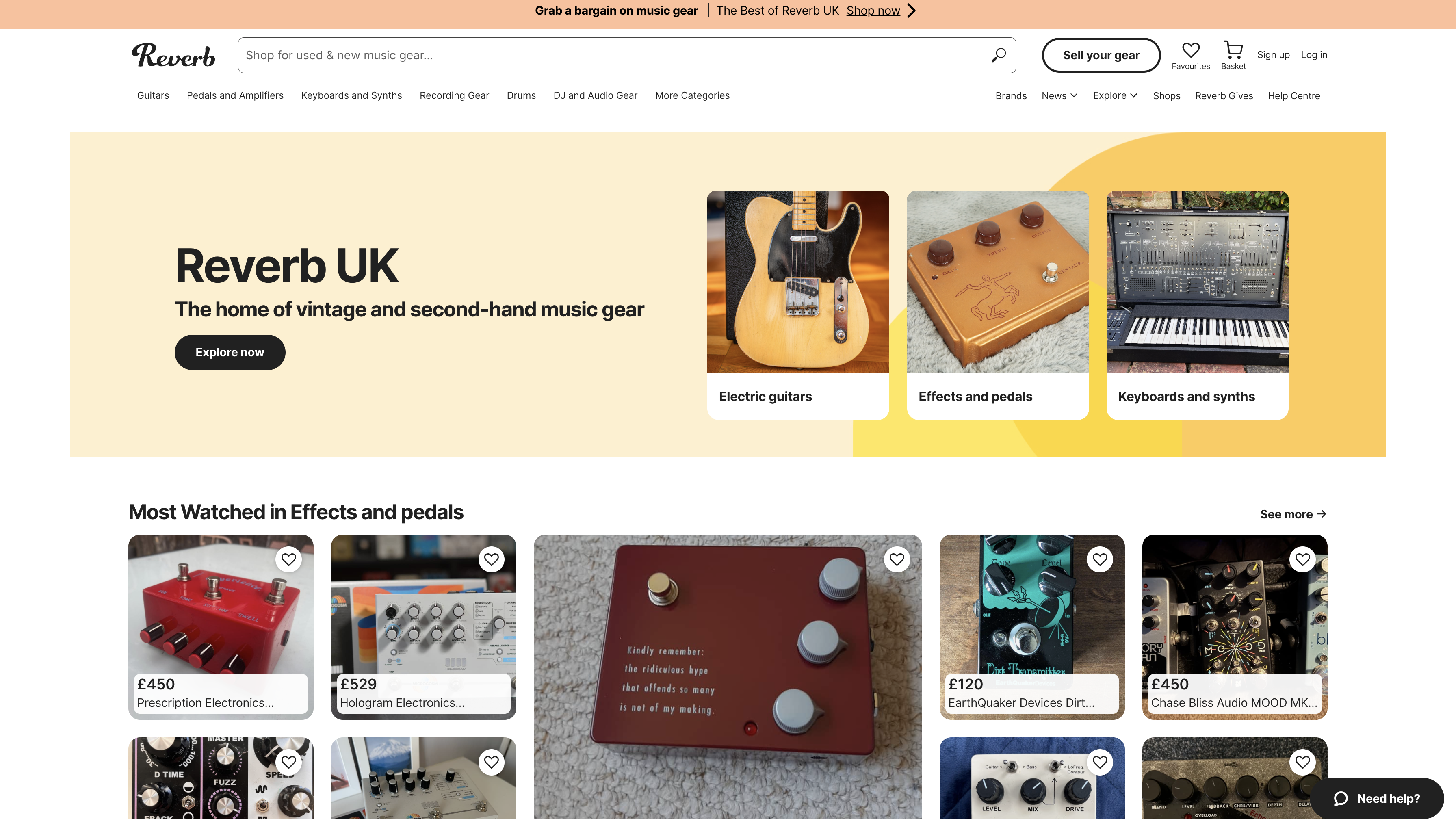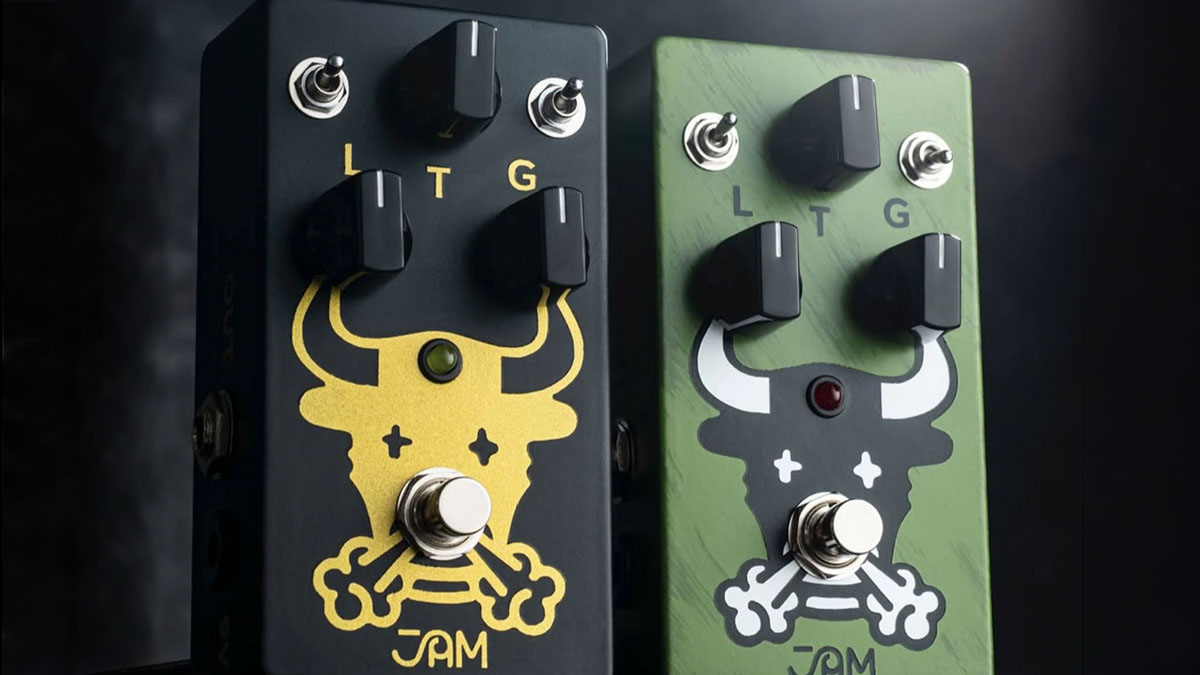“The object is to take your hands to a point where they are never confused by anything you present them”: Watch shred icon Rusty Cooley share his strategy for building up speed – and explain why he likes to avoid obvious note choices
The “world’s fastest player” Cooley endorses the discipline of non-stop repetition until you find your fastest clean speed but argues variety is key to building technical excellence

Rusty Cooley, often known as the fastest guitar player in the world, and always regarded as a bona-fide shred god, recently sat down for a video interview-cum-guitar lesson for Dean Lamb’s YouTube channel and presented us with some invaluable insights in how we can develop speed in our playing.
First he explained some of the way in which he avoids solos sounding predictable. As Cooley admits, he is a player who likes to avoid the base pleasures of hammer-ons and pull-offs in his arpeggios. No thank you. And when it comes to note groupings, he is particularly choosey as to where his fretting hand lands.
At his demonstration of two five-note groupings along a scale, delivered at a tempo, never starting each grouping with the same note because Cooley “hates repeat notes,” Lamb collapses in laughter.
“Every five, every five is coming at you from a different direction,” explains Cooley. “And the listener is getting hit with a barrage of notes. They don’t know what the hell is going on. That’s the way I like to keep it.”
The listener is getting hit with a barrage of notes. They don’t know what the hell is going on. That’s the way I like to keep it
There is method behind this madness. Think about it. Five-note groupings, six-note groupings, seven... when they’re all ascending, descending in regimented patterns, even at shred tempo they can sound predictable.
“People, when they hear me, I don’t want them to know what the hell I’m doing,” says Cooley.
He goes onto explain how he’ll mix things up further, alternating between groupings of five and seven notes. Again, his demonstration sends Lamb off again – and admittedly this is funny. Because, how are these chops even possible? Well, the answer is obvious: it’s practice, and lots of it.
Get the MusicRadar Newsletter
Want all the hottest music and gear news, reviews, deals, features and more, direct to your inbox? Sign up here.
“I come from the Paul Gilbert school of practising picking,” says Cooley. “I grew up with Intense Rock 1 and I did everything Paul said. I didn’t even question it. Gilbert was one of my biggest guitar heroes.”
Over time, with practice, Cooley realised he was changing strings on an up-pick without even realising it. And this brings the pair onto the concept of “chunking” – which simply breaks down complex passages into more digestible chunks, which you learn down pat, then learn another, then you can put them together. This, says Cooley, came later. It was never part of his thinking when he was developing his technique.
This is why this interview is essential for aspiring shredders, or anyone looking to drill down into a technique like this.
Habits of the body, such as developing the manual dexterity to play shred guitar, begin with habits of the mind, and Cooley speaks of “deceiving” himself, so that he isn’t letting the brain get ahead of what he is trying to do on the fretboard. As Lamb says, thinking about each and individual notes is beyond the RAM of the human brain.
Cooley’s strategy for building speed is pretty clever. He approaches everything in five-minute increments. Be it legato, or alternate picking, or sweep picking exercises, Cooley would only practise one technical example at a time, and would do it for five minutes.
“Five minutes of repetition on each idea,” he says. “Again, it’s kind of like being on a treadmill cycle. If it has a program, it starts you off walking, then fast walking, then jogging, sprinting, down to fast walking… It cycles you through it, right? So you don’t have to think about it too much you just have to keep up.
“When you are doing this with the timer, you have to gauge yourself and make sure you don’t push so hard right out of the gate that you blow your arm out. The concept is five minutes of repetition of each example you are playing.”
How this helps you develop speed is by establishing the fastest tempo you can play the example cleanly, with no mistakes. When you do that, you push it until it breaks up, then bring the tempo down again until you get it clean. “It’s about five minutes of non-stop repetition but at some point you need to establish a fastest clean speed and start pushing it until it breaks up,” he says.
So what are we waiting for? The weekend is just about to begin. Choose some exercises, grab an electric guitar, a timer (your phone will do), set it to five minutes and get on the drills. It doesn't even need to be shred because this approach will help with all kinds of styles. And don’t feel you need to go beyond the five minutes.
“I can’t tell you how many times I’ve spoken to students before and they’ve said, ‘Well I’ve practised this for an hour,’” says Cooley. “I’m like, ‘You practised one exercise for an hour? Are you nuts!? You could have have divided that hour into five-minute sections and practised all these other licks.’ Because each one of those alternate picking licks, or sweep picking licks, is going to help the next one. They all help each other and by doing 20 instead of one… your hands are doing much more. The object is to take your hands to a point where they are never confused by anything you present them.”
And check out the segment above because it has plenty of wisdom. Join the Dean Lamb YouTube channel to watch his full interview with Cooley. You can also sign up for lessons with Cooley at his website. See Rusty Cooley for more.
Jonathan Horsley has been writing about guitars and guitar culture since 2005, playing them since 1990, and regularly contributes to MusicRadar, Total Guitar and Guitar World. He uses Jazz III nylon picks, 10s during the week, 9s at the weekend, and shamefully still struggles with rhythm figure one of Van Halen’s Panama.











